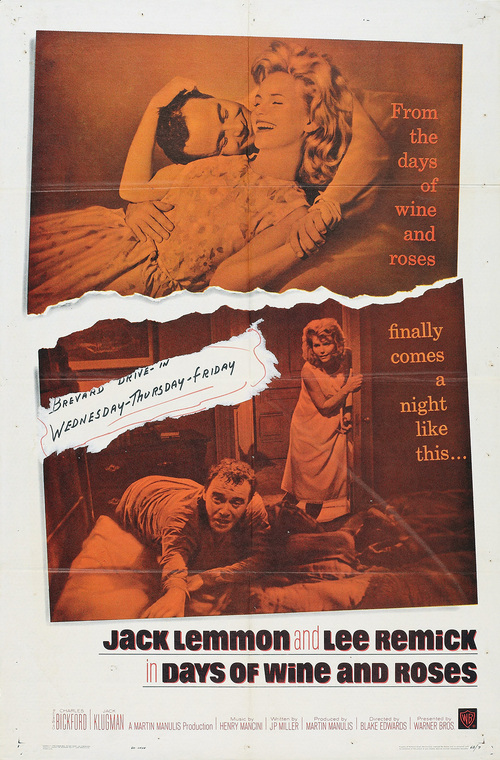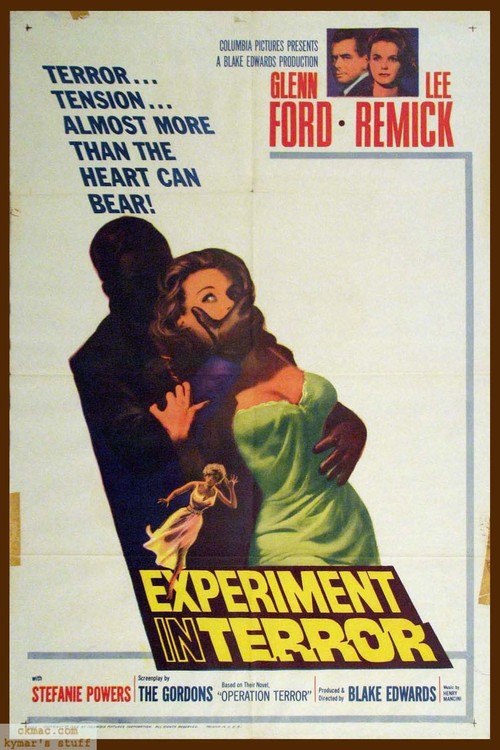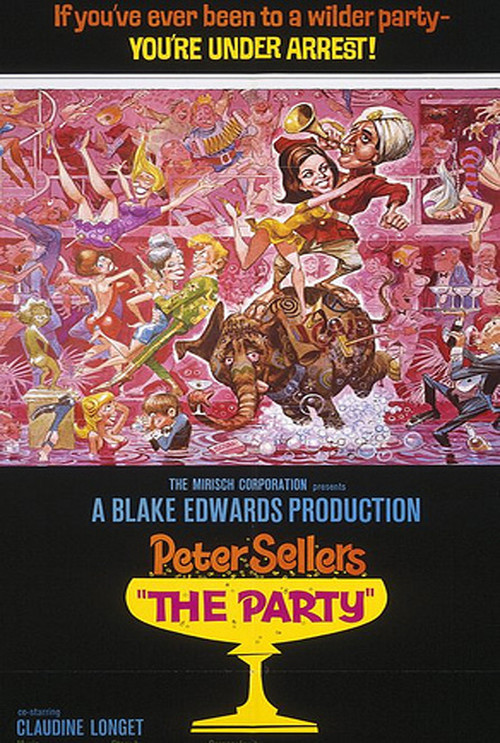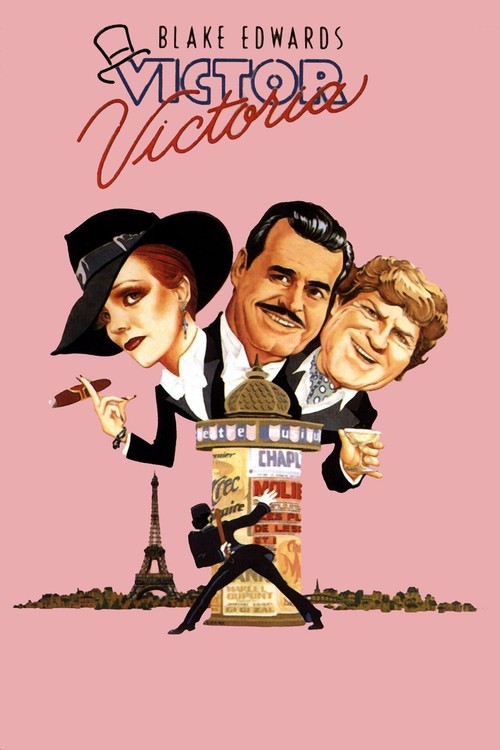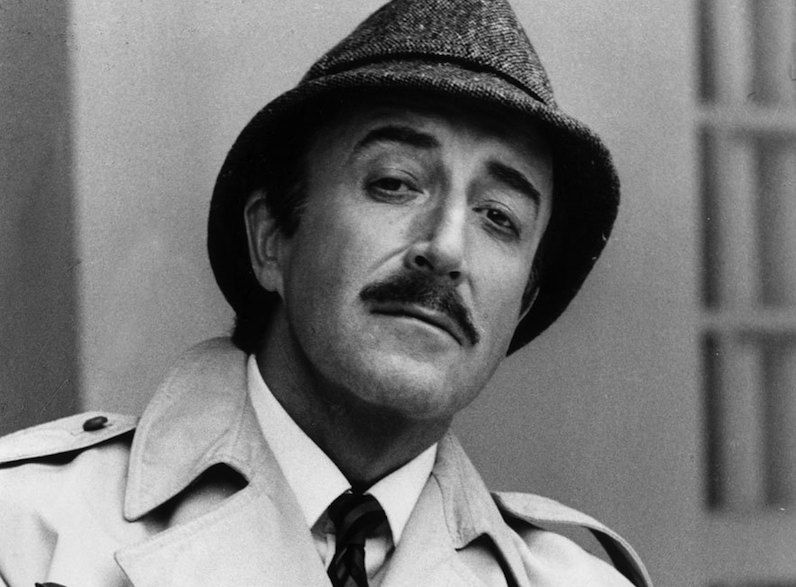
In the majority of cases where a single film evolves into a highly successful franchise, no one has any clue this might happen at the outset. Surprisingly often, success in Hollywood is the result of happy, fortuitous accidents.
For example, when writer/director Blake Edwards first came up with the idea for the first “Pink Panther” outing, he envisioned a spoof of a heist film, with veteran star David Niven playing a suave jewel thief, much like Cary Grant in “To Catch A Thief.”
The actual Pink Panther character only took shape when Edwards decided the film could use an animated opening, and animators David DePatie and Friz Freleng came up with the slim, cheeky panther on two legs that would swiftly take on a life of its own. (A few years later, this coolest of cats would win his own animated series on Saturday morning TV!)
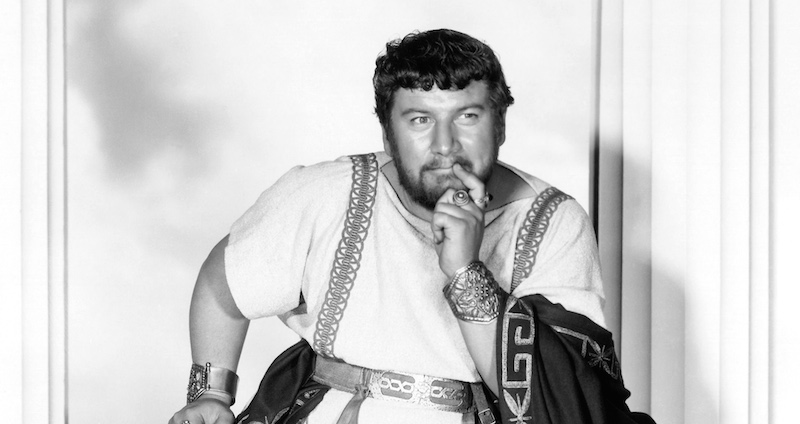
As to the role of the bumbling French inspector investigating the theft, Edwards had top character actor Peter Ustinov in mind. Ustinov was an established name, having broken out in Stanley Kubrick’s “Spartacus” three years earlier. He’d followed this up with such high-profile pictures as “The Sundowners” (1960) and “Billy Budd” (1962).
To play the inspector’s unfaithful wife, Edwards wanted either Ava Gardner or Janet Leigh. However, Ava made too many demands and wanted too much money. Then Janet decided against it since she'd just re-married and didn’t want to leave her new husband. In a bind, Edwards cast French actress Capucine in the role. Talented and beautiful though she was, Capucine was not a star.
Whether this move prompted Ustinov to withdraw is not known for certain. Whatever the reason, he backed out of the project. (Though he may have later regretted passing up the role, it hardly hurt his career. The year after the release of “The Pink Panther,” he’d win a Best Supporting Actor Oscar playing a bumbling thief in Jules Dassin’s “Topkapi” — which, by coincidence, also involved the theft of a priceless jewel.)
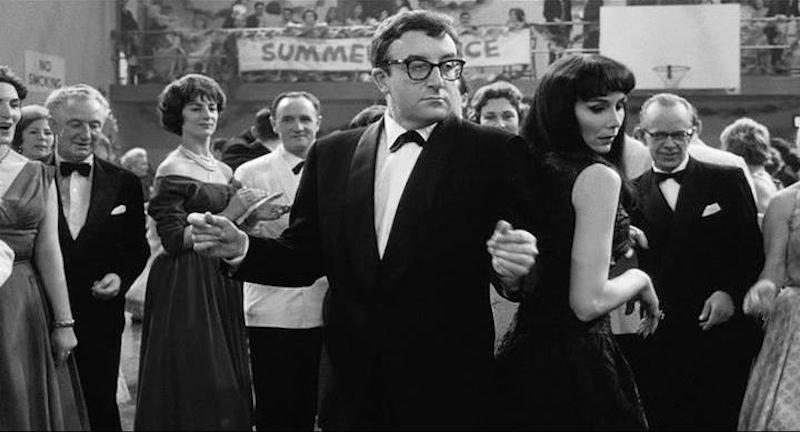
Edwards then took a chance on a British comic named Peter Sellers, who, despite a featured part in Stanley Kubrick’s “Lolita” (1962), had yet to break through in the States. The director had felt an immediate connection with this complex, mercurial performer, and trusted it.
As he put it: “For years I'd been getting bits of what I wanted into films, as writer or director...but I had never had an area in which to exploit my ideas to the full. Then along came Peter, a walking storehouse of madness, a ham with an almost surrealist approach to the insanity of things, and we found an immediate affinity.” Their collaboration would last (on-and-off) for another 17 years, until the actor’s premature death from heart failure.
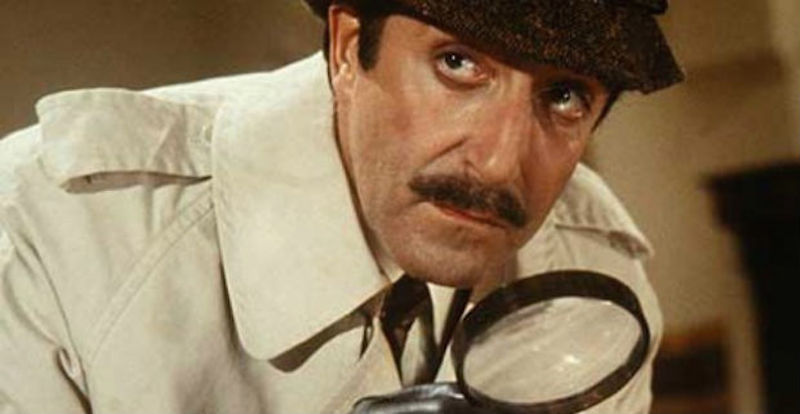
In Sellers, Edwards found the comic collaborator he’d always sought, and all of a sudden, the secondary character of Inspector Jacques Clouseau was stealing every scene he was in. Working off each other, actor and director were constantly thinking up bits of business, and Sellers was encouraged to improvise. The part was inevitably built up over the course of the shoot, and by the end of production, few doubted that this film would make Sellers a star.
Indeed, years later, first-billed David Niven, who’d originally hoped the movie would inaugurate a “Thin Man”-type franchise for him, asked that Henry Mancini’s signature “Pink Panther” theme not be used during his entrance at the Oscars ceremony, with the graceful explanation that it “really wasn’t my film.”
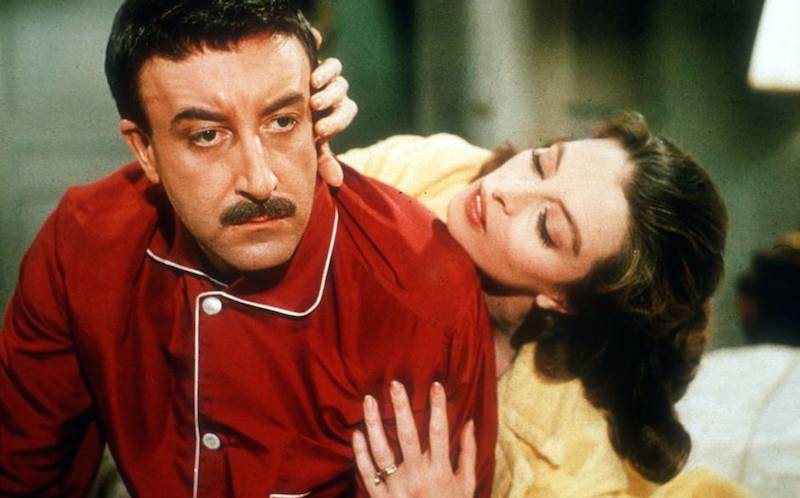
He was being modest. More than any of the sequels, this first outing is a true ensemble piece, comprised of Niven, Sellers, Robert Wagner (whose svelte good looks inspired Sellers to crash-diet for his role), Capucine, and the gorgeous Claudia Cardinale, whose voice had to be dubbed because she couldn’t speak English. This would be the only Sellers Clouseau film not to feature Herbert Lom’s Chief Inspector Dreyfus or Burt Kwouk’s Cato, Clouseau’s loyal but destructive manservant.
The hilarious follow-up to “Panther,” “A Shot In The Dark” (1964) was actually based on a Broadway play which Edwards appropriated and re-wrote as a Clouseau vehicle. It was released just three months after the first feature, to glowing reviews. Many consider this the funniest entry in the series.
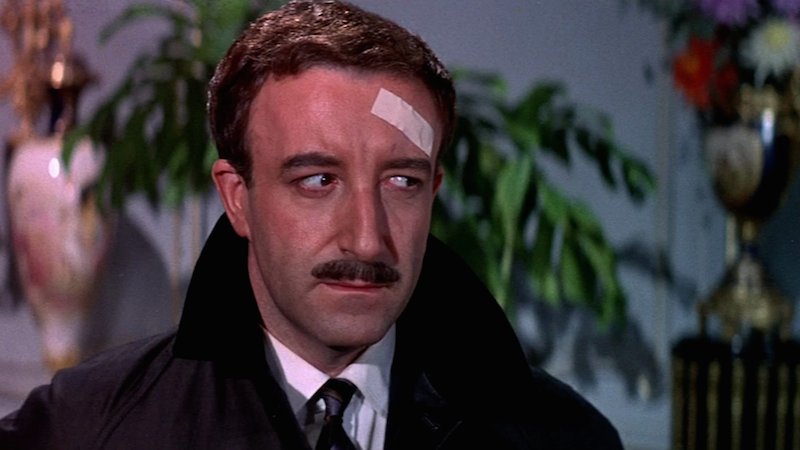
As expected, Sellers quickly became a huge star, even winning an Oscar nod for his portrayal of three separate characters in Stanley Kubrick’s brilliant black comedy, “Doctor Strangelove: Or, How I Learned to Stop Worrying and Love the Bomb” (1964). The actor not longer had to rely on the good Inspector for his paycheck.
Alan Arkin made an attempt to appropriate the character in 1968’s ill-advised “Inspector Clouseau.” The reception to that film was comparable to George Lazenby stepping into Sean Connery’s outsize shoes as James Bond the following year. To paraphrase B.B King, the thrill was gone.
Then in 1975, with each of their careers temporarily stalled, Edwards and Sellers attempted to re-capture the “Panther” magic. Originally conceived as a TV series, the scripts Edwards wrote with collaborator Frank Waldman were eventually adapted into two feature films: “The Return Of The Pink Panther” (1975), and “The Pink Panther Strikes Again” (1976).
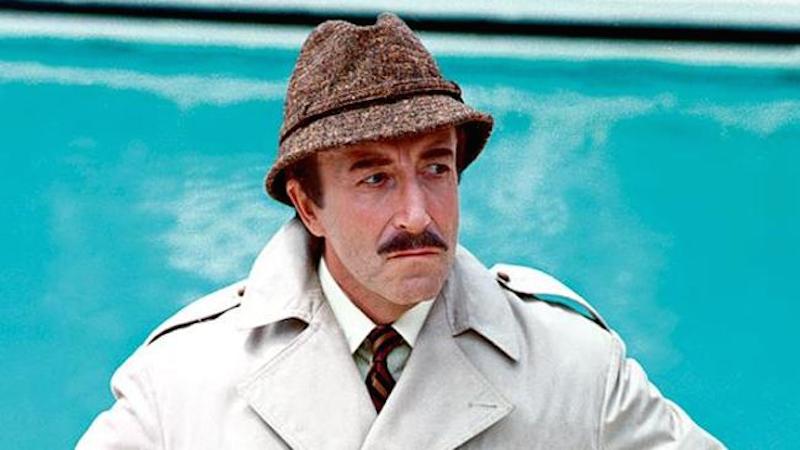
This Clouseau was played much broader than the two earlier films, with more slapstick and Sellers affecting an exaggerated accent (“Does you duug biiite?”). Still, audiences ate it up. Three more entries followed (two released after Sellers’s death), with steadily diminishing returns.
Still, the Panther refused to die. Steve Martin took two stabs at the Clouseau character in 2006 and 2009, a brave move that nevertheless couldn’t hold a candle to the work of the first and best Inspector. What the future holds, who can tell?
Regardless, I have to believe that more than once, Blake Edwards, who passed away in 2010, paid silent, heartfelt thanks to Peter Ustinov...for turning down the role of Inspector Clouseau.
